Storytelling, Comprehensions, Envisioning, Future, Gather, Share and Response–able.
Poetry, envisioning, storytelling, imagination, exchanging knowledge, understanding and seeing the world we live in from other perspectives are ways to change the paths and directions that we want the world to head towards. These are necessary practices that will help us discover and mobilised alternatives to the methods, polices and ways of being that have been on repeat for long enough and that no longer work or contribute towards a sustainable world. It is by exploring and exercising practices such as getting muddled in other dimensions, splitting the human body and consciousness, looking at hidden pockets of history from around the world, joining journeys of other species, critters, elements and life forms, that we can tap into and learn from this rich resource of alternative ways of being that encompass us. Through this we can re-image, inspire and start walking down alternative paths that will lead towards a healthier, happier, sustainable world for ourselves and the upcoming generations that will dwell on planet earth. It is researchers, philosophers, storytellers and explorers such as Donna Harroway, Gregory Bateson, Donella Meadows, Felix Guattari, Daisy Hildyard, Guy Ben-Ner, Astrida Neimanis, Ursula Le Guin…that offer us a new type of compass to take on our journeys so that we recognized and stop walking down old elephant paths of humanity that are dried out, barren death traps. Their examples encourage, inspire, guide and open paths that we can explore in any environment. The paths we take aren’t going to be the same, but this compass will aid the journey with navigation to help us move, shift, be malleable and find partners and a tribe along the way.
Through this page you will also find snip bits of quoted texts, ramblings and stories from both Angelina and others that she came in contact with. There are also example envisioning exercises here that you can personally take the time to do, if you so desire.
Hope that when we look back in history each effort towards sustainability would look like a layer in the rocks. some parts will be very, very dark and then from there on things start getting lighter, healthier, maybe it's reversed the other way around. Dried cracked and then it starts getting moister and richer through people's efforts. One placed next to each other, near, within, over under and around.
The gift of a far deeper understanding of what it means to think and to feel and to know.
By exploring the dignity of other minds and how they react, adapt, morph, absorbed, taste, feel, think, share, communicate, engage with their environment, each other and other beings and how their bodies are formed and work.
“Knowing theses other minds changes our way of thinking of thinking. 50 – 57 lobs of an octopus brain with no shell to hold it, unlike the human brain. 300million neurons that are all not even it is brain three fifths of these are in its arms.” *
(*The Soul of an Octopus by Sy Montgomery)
Soft, pink tentacles. hazy. white capped foam. sensing. stretched. connected. directionally to the sensing brain. the water. knowing before knowing. entangled. in arms. environment. particles. plumb flavoured. synthetic. bobbing bodies. sliding. absorbed. expanding outward. crossed. abolished self.
The Second Body
The idea of a body which can reach over to the other side of the world is not one we tend to speak of in everyday language right now. In normal life, a human body is rarely understood to exist outside its own skin - it is supposed to be inviolable. The language of the human animal is that of a whole and single individual. You are encouraged to be yourself and to express yourself - to be whole, to be one. Move away from this personality, self-expression, and you risk going out of your mind, being yourself, failing to be true to yourself, hearing other voices or splitting your personality: it doesn't sound good. This careful language is anxious, I think - threatening in a desperate way. You need to take care of yourself, it says. You need boundaries, you have to be either here or there. Don't be all over the place.
Climate change creates a new language, in which you have to be all over the place; you are always all over the place. It makes every animal body implicated in the whole world. Pg. 13*. (Read More)
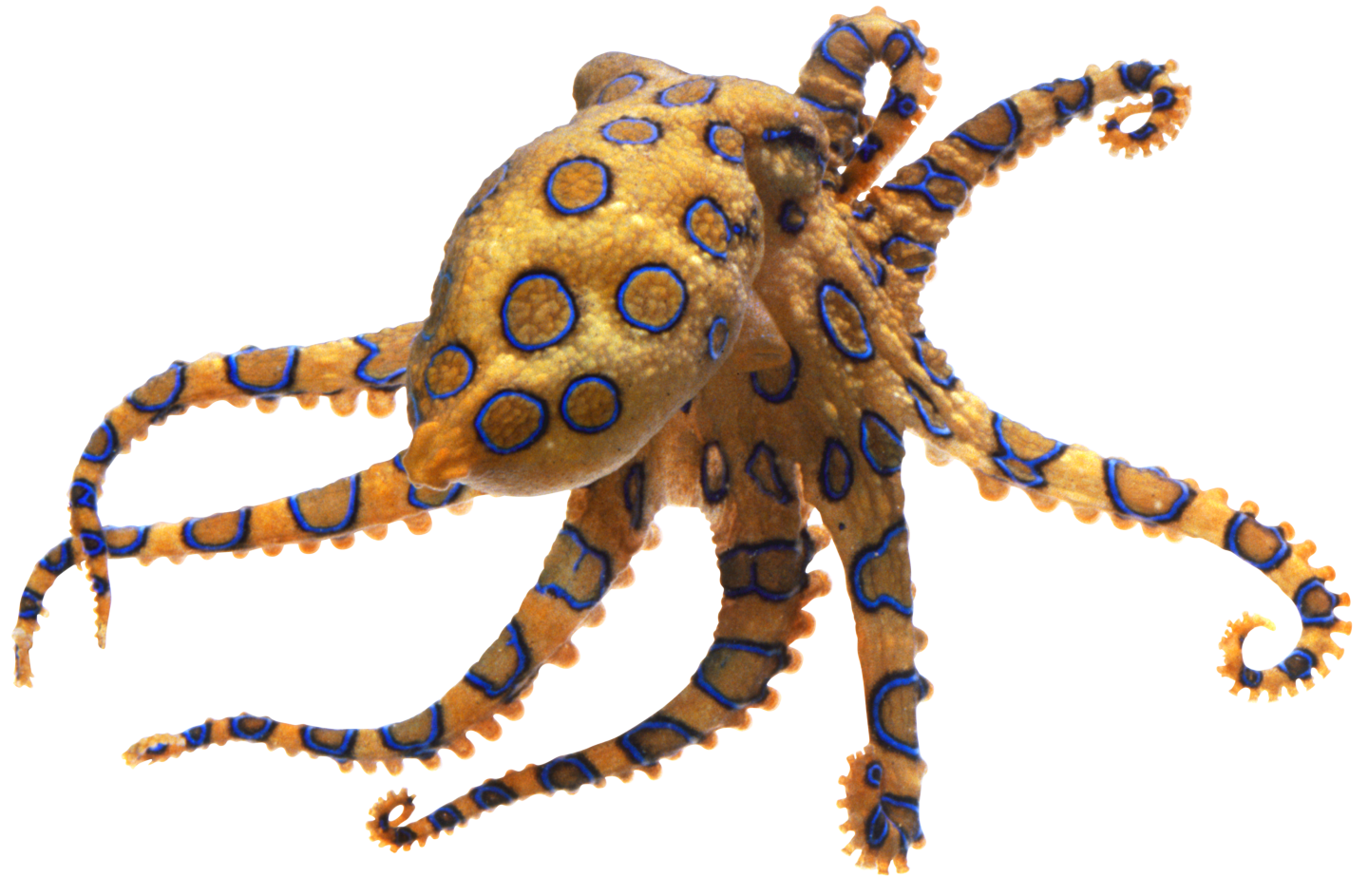
We must get into muddles, play games, have conversations, question rules? What kind of rules? How can we have some sort of order to not go mad, change the rules, no glue, build together, storytelling, life is a game. (Read More)
Going Mad and Schizophrenia
"Human subjectivity, in all its uniqueness - what Guattari calls its 'singularity' - is as endangered as those rare species that are disappearing from the planet every day. It is up to us to resist this mass-media homogenization, which is both desingularizing and infantalizing, and instead invent new ways to achieve the resingularization of existence." Pg. 6*
(Read More)
It starts with a feather...
The feather was caught by a mouse.
The mouse was caught and eaten by an eagle.
Then the eagle was eaten by a lion, then the lion was eaten by a zebra.
The zebra was eaten by a cow and the cow was eaten by a pig.
The pig was eaten by a princess and the princess was eaten by a hyena.
The hyena was eaten by a bone....
- Catalina Corner
Thoughts of an art works
I’ve heard that saving the planet and being part of the political debate is becoming a growing part of our exhibitable purposes. Through lenses we are scrutinized and selected to collectively inspire artistic appreciation and a desire to respond to environmental challenges. Whether we were originally created for this purpose or not is irrelevant, the fact that the curator can make a compelling scholarly exhibition showing the common man’s concerns well strung together is reason enough. With this in mind, the exhibition will be a success and our old collection will be kept alive and thus this is the selection process. After being dusted off we are placed in a chronological and geographical point of view, transporting the public eye back and forth through time, within the framework of human’s position within the environment. There is quite a variety of us, there is aquariums, political leaflets, music and videos. Quite frankly I’m just excited about the possibility of being on display and getting the being able to whisper amongst the artworks about passed experiences, current events and oh well the position of where the future is heading for us.

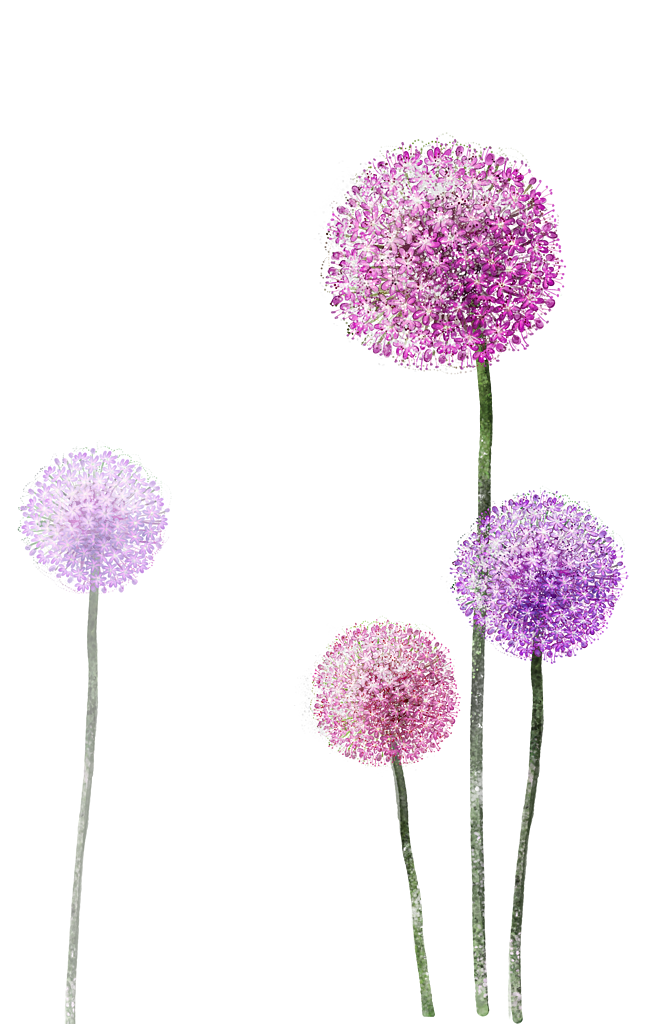
Master FA 1st year
Word refection
(1min word)
(4mins reflection)
Education
What is education, an experience, a lifelong journey, something passed down or to someone. It’s akin to knowledge, intelligence and wisdom. It's essential, its changing and changes things and people, it is fluid, it also has cornerstones, it’s adaptable. It is all encompassing and can be small. Is it a thing, skill, mindset, movement, does it have to be passed on?
Could
I chose the word could because it can lead the first word into the next step, seeing that the first word has so much potential connected to it, I wanted a word that kept things open. Also, I didn’t want to limit myself to assumptions or statements, letting this lesson flow in any direction so that something could develop as a result. Where it is something, I already know or is a new discovery or is an experience in itself. All of these things are encapsulated in education.
Combine
Combine pulls the words before together and still allows future words to join together in context. To mix, the action of doing so, it is an action, it is a process. This can be done slowly, gently, rough or squeezed together very tight. It could be lost, with string, with extra ingredients added as an adhesive or blended.
Various
This word expresses the options that are available in the word or actions of combine. Is it various material, various subjects, various movements, various ideas, various thoughts, various sounds, various expressions, the options are limitless when using this word? Not just tangible things but also things that are intangible. They could be things that are valuable or not?
Curiosities
Do we educate ourselves or tend to retain things that we are most curious about? Curiosity is what peeks the mind, curiosity could be the combining element or ingredient in education. Is it necessary or not? Curiosities can also lead to discovery and discovery is part of the educational process. What causes someone to be curious about something, is it personal, is it external, is it the knowing and wanting to know more, is it not knowing at all and wanting to explore. Is it the catalyst for education to grow and live?
Within
The word within could be used solo or a group or inside something, it is the opposite of without, internal. Do you have to go inside something or someone/someone’s or some subject/subjects? Is it a tunnel, a cave, is it dark is it light, is it enclosed or broad? Is there an entry or exit? Is it down, up, sideways, curvy, around and around, loop or have a shape at all?
Everything
Everything leaves things open-ended. It is one and all, it is the essence of what the first word entails. Everything is broad, wide, with only the boarders and limits the mind, individual or group of people put on it. It expands as far as the imagination allows it, it grows continuously and doesn’t have to have an end. Everything can be big and small, it is…….
(Read More)
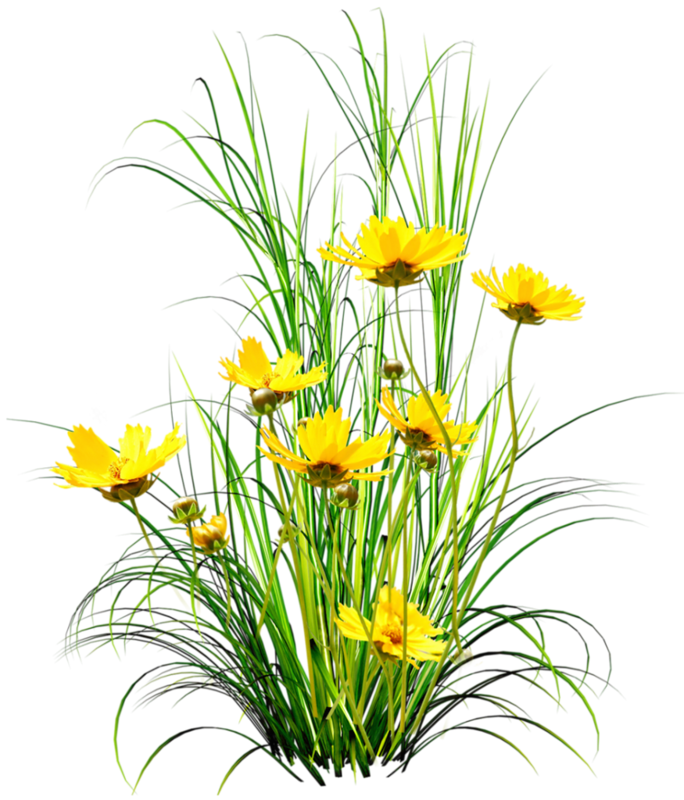
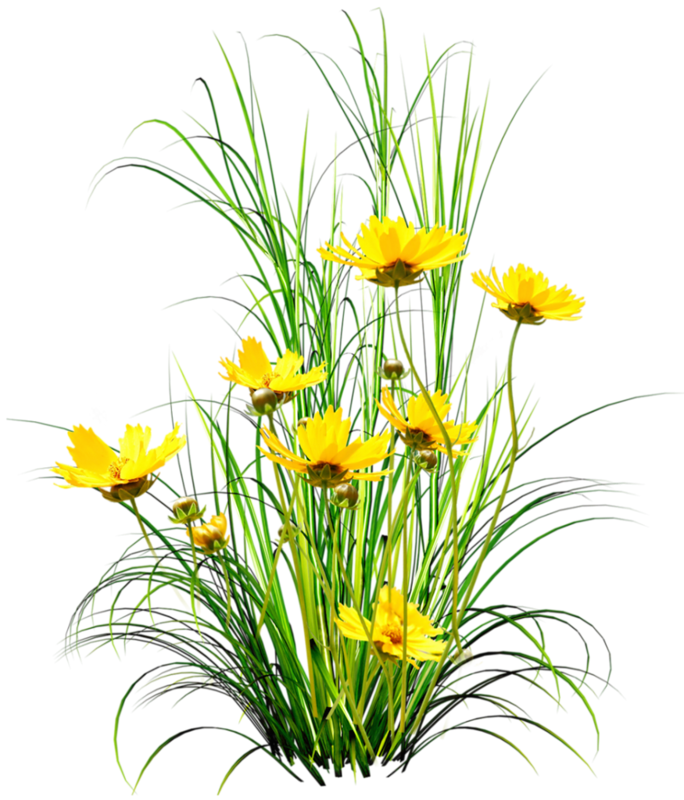
Post card to the future of Leidsche Rijn:
To a future pappi of a dandelion,
My yellow petals suffer yellow pain when I think of the hardship of your future.
We, the dandelions, always knew how to break unbreakable things. We pride ourselves to be the number one enemy of the concrete streets of Utrecht. As the saying goes, where there is a concrete way, there is a will to break it. But not only do we help humans to get rid of their concrete that seals the earth from the skies, we are also a source of nourishment - the elegant topping of a salad. Yet, it seems, that only children that gleefully blow our pappies, know about our benevolent role. With the increasing push for more concrete (there would have been so many alternatives!) it slowly becomes harder for us to continue to promulgate. I am not sure, pappi of 2050, whether you will still find a piece of earth in Utrecht. May the wind be in your favour!
Post card to the future of Leidsche Rijn:
Can you hear it?
I think you have seen it?
Do you smell it?
I think you can taste it?
The land was designed that way.
Finally, they agreed to let Nature take over…
But you know things now…
Tell me, what’s it like now?
I can imagine lots of places to climb over, under, on and into freely.
Your grandchild must love getting food with you daily…
Your skin must be brown from all the walking in the sun? Are their cheeks really red?
I would love to hear how you fair, I want to help you get there!
Postcards for other futures:
Those big stones roaming through our neighbourhood came in handy for humans. At first, they were hard to control. Eventually humans got their power over them, keeping them behind fences, in cages. As electric energy has become a very scarce and valuable commodity for humans, they tried to exploit these moving stones as much as possible. Because humans discovered that the moving stones in their cages are a powerful source of energy. While the neighbourhood regains electricity after 100 years, moving stones are becoming extinct. They all turn slowly into sand, the more they are forced to move in behind those bars. It's up to us flowers to help those energy enslaved rocks to break free, before they all turn into dust.
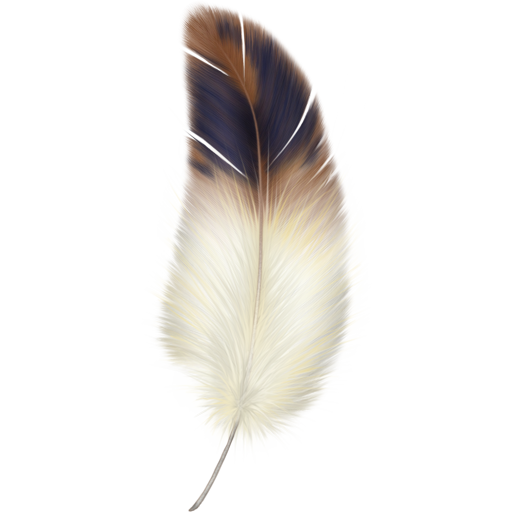
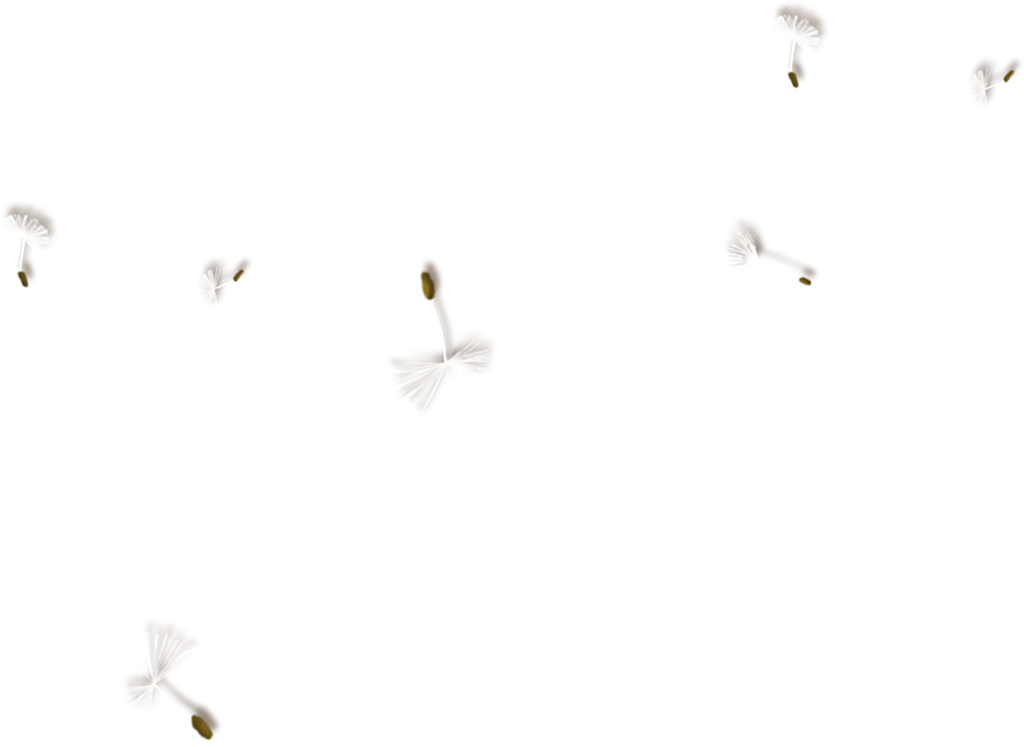
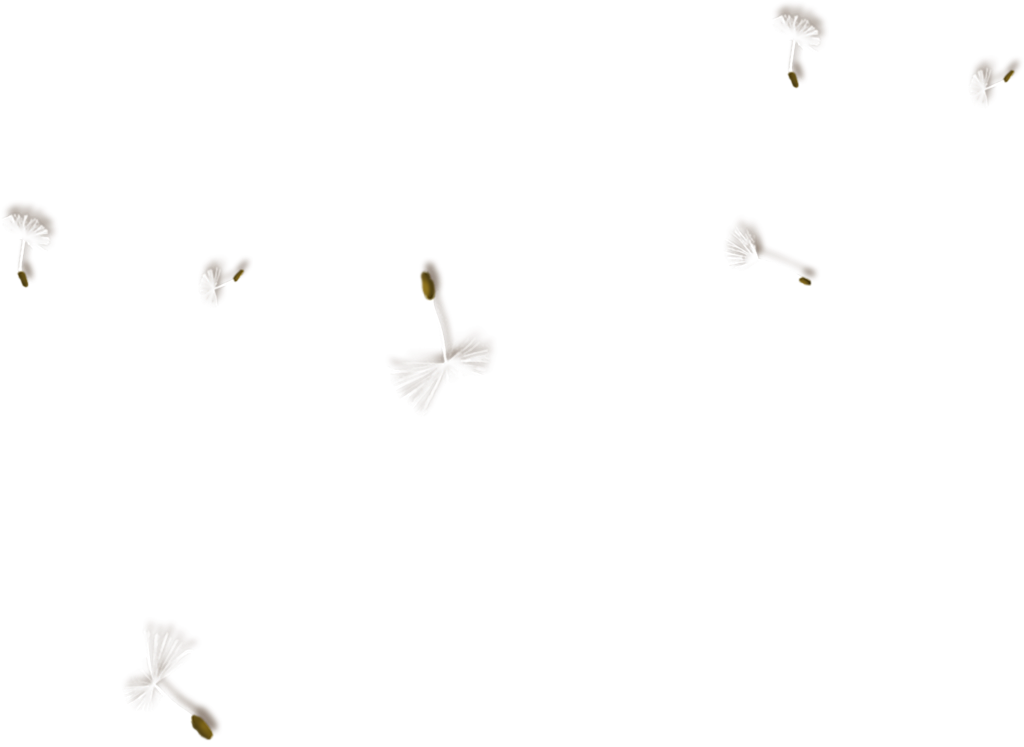
"We Are All at Sea"
“To be lost and free... tether lessness. Everything is now, the body of water, holding the water, the water contains past knowledge and biology… we are breathing and now, have a different way of navigating. 15:00 - 21:15”*
(*Bodies of water by Astrida Neimanis)
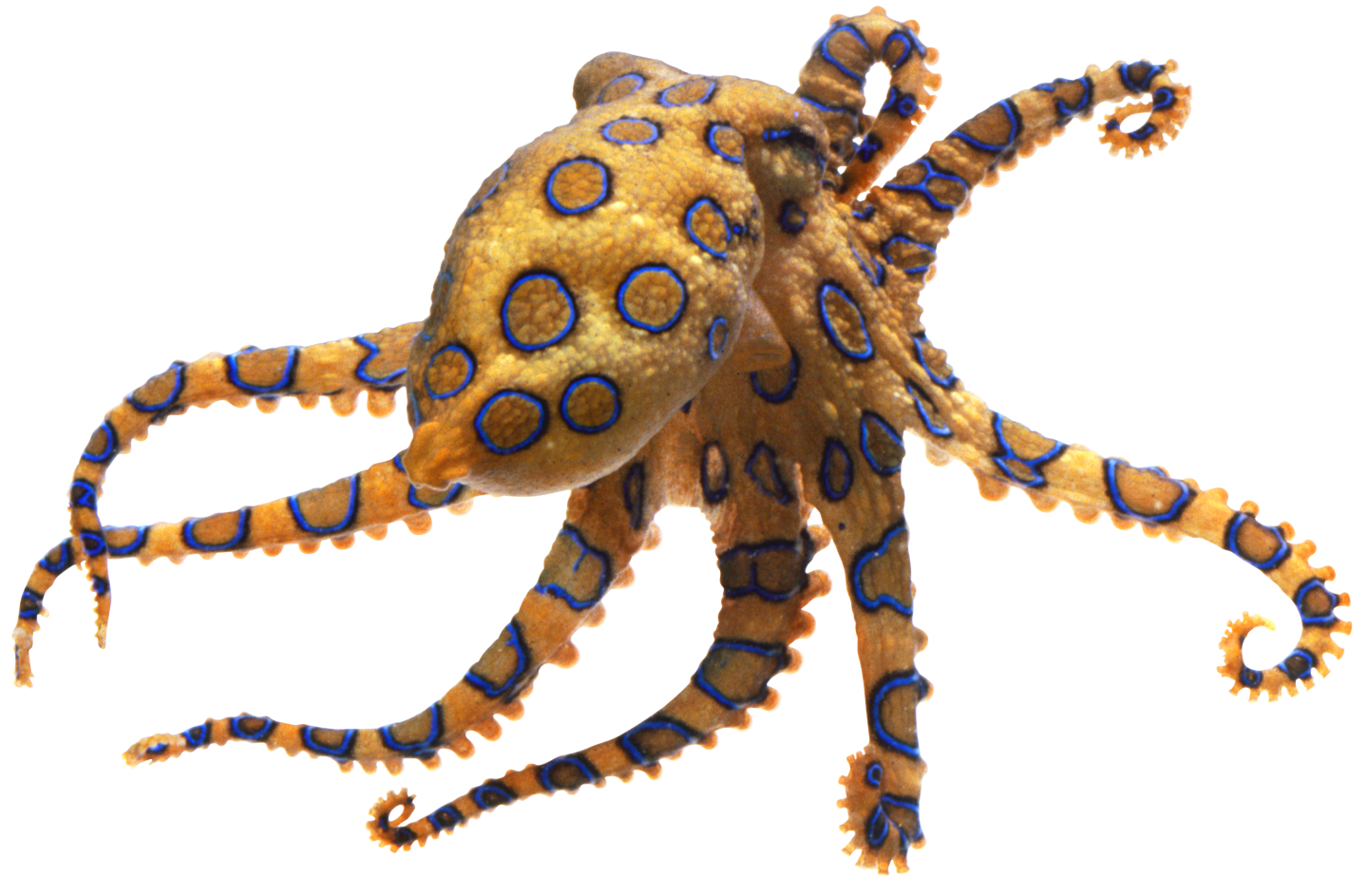
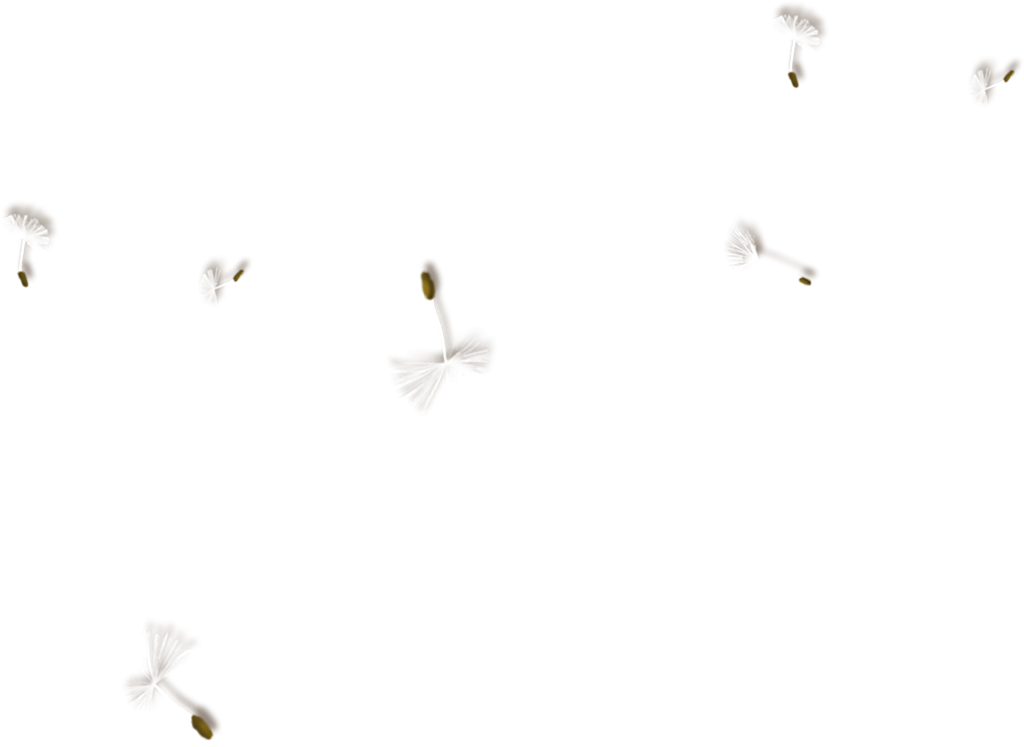
The power of storytelling:
Storytelling can help in pioneering the multiplicity of connections.
With storytelling you can explore other points of views and perspectives by imagining what it would be like as another species, entities, environments, mechanisms and methodologies.
With storytelling you can look at the start the middle and the closing, outcome, results etc… you can image where, to begin, what’s connected, where it’s going and where you want it to go. The sky is not even the limit for this level of imagination, it can be in any order in the thinking process. This story can then be told with intent weather that be to inspire, design and create a world that you want to live in. You can look at the whole and insist on working on certain parts that are key issues that can tackle a specific problem or solution.
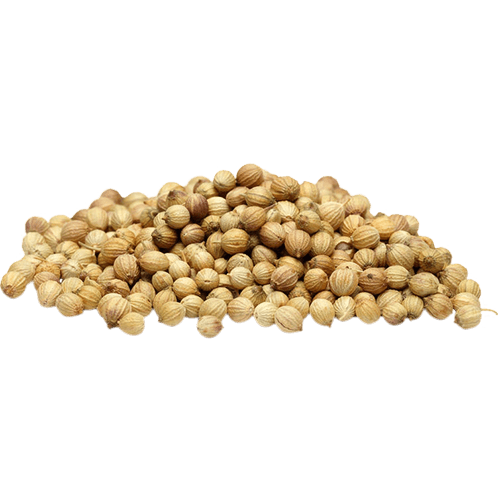
“Tell the stories of the carrier bags and the ones that are not western history…. We’ve heard the white prick-tale, the dick-tale, story of capitalism long enough…Now it’s time to hear, carry and share other stories that have been around and are ongoing and see how they tell it, have told it, will tell it.”*
Donna J. Haraway

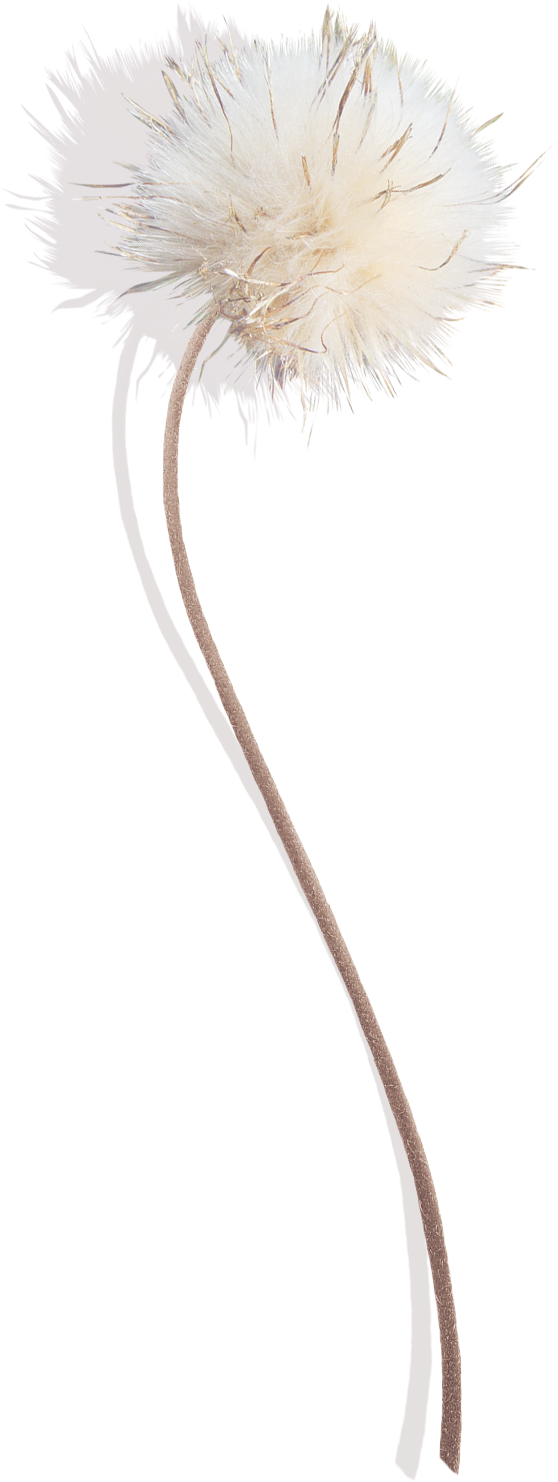
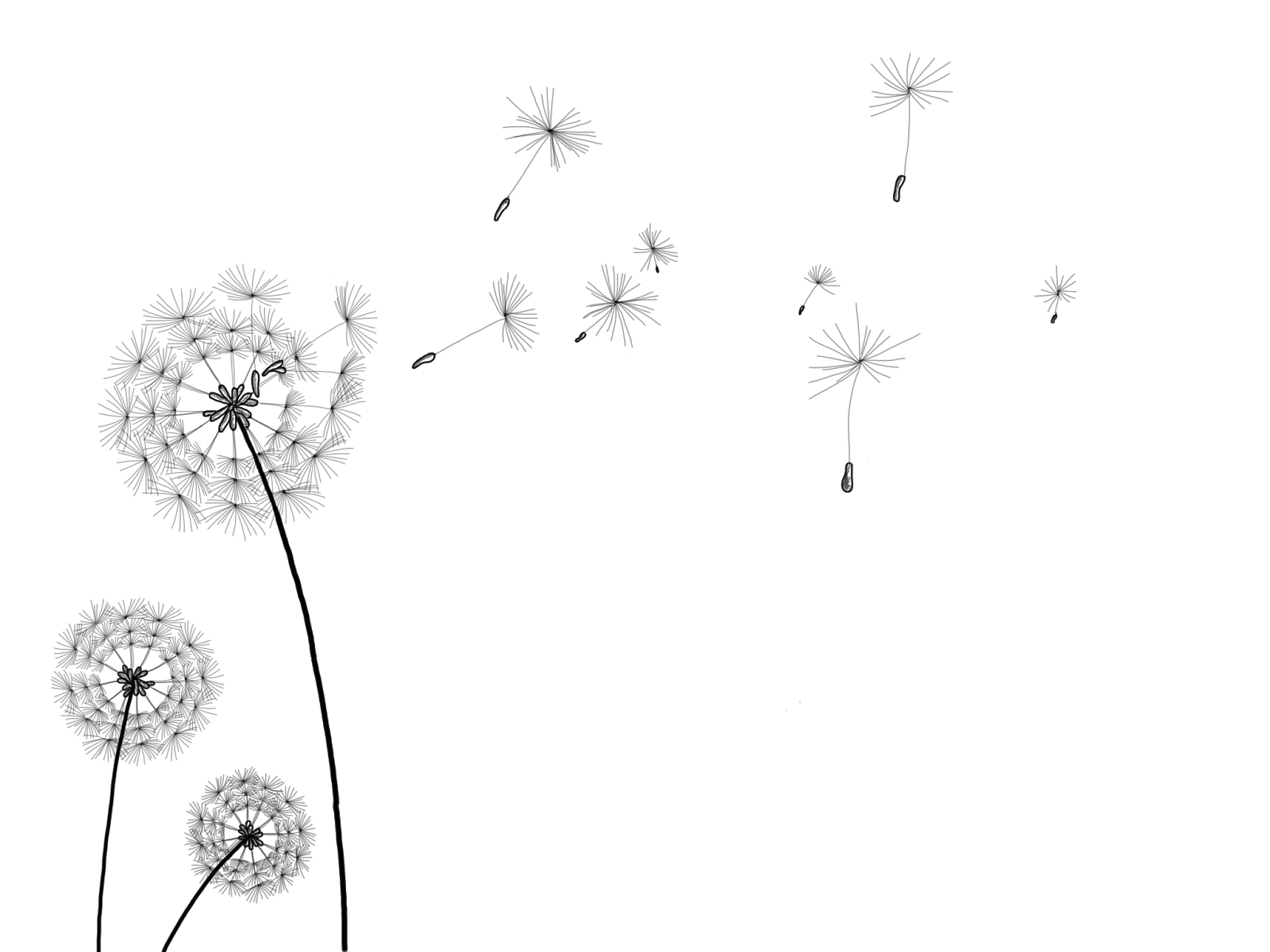
“We must think! And thinking is a materialist practice. It is not some kind of off into the skies to do theory from above. But that kind of rich, materialist inquiring with each other who and where we are, and so what? The old “What is to be done?” The question of the Russian Revolution. That leads to the Russian Revolution. What is to be done in periods of profound historical earthly transformation that are extremely dangerous. I think, thinking together, reading and write and speaking and performing and dancing and growing and risking and working. Thinking is a complex materialist practice for somehow coming together to be less stupid.” 5:00 - 6:00mins
Donna J. Haraway
“At risk together… taking risks is part of life… or another word would be constituting with moving with shifting with the earth… living in a terrestrial way… learning from those that are connected to the earth.”
Donna J. Haraway
“End of history! What arrogance! That somehow…. First of all, that history is Western. Just nuts. That somehow, the profound ways of living and narrating and performing and closing in, as well as spreading, ways of living, the notion that history is Western is the same arrogance that produces “Man”. And the “end of history is a fantasy. Where I go back to Ursula Le Guin and her Carrier Bag Theory of Fiction. We’ve heard the prick-tale, the dick-tale, long enough, thank you. It’s way past time to make louder and to tell ourselves the stories, the stories of ongoing, the stories of the netbags, of the sharing. Which of course include horrible things, too. And as Ursula Le Guin Says in the Carrier Bag Theory of Fiction. It’s not that she’s in a good mood, she’s constantly old-ladyish whacking people with her purse. The notion of the End of History is just arrogant!” * 30:00 - 31:25mins
“Living in the terrestrial is being at risk to each in the course of living and dying with all those who make the earth.
Being engaged in a collaboration and conflict that, kind of full of friction and joy, learning from and with each other and tugging each other into places we didn’t originally want to go, for both of us.”* 8:40mins
Donna J. Haraway
"Take a second, take a little time to find something that you really care about. Something that matters. I don’t care if it's big or little but something that matters. And how from that one proposes building a connection for a revolutionary terrestrial subject? How one proposes building the connectivity which can be part of transformation?"*
*Donna J. Haraway - 50:51 -501:03mins
“I asked people to describe not the world they thought they could achieve, or the world they were willing to settle for, but the world they truly wanted.”
"This vision can mobilise human value statements from the deepest level of the heart and soul, and this is probably the missing element that keeps people from participating.”
Donella Meadows
“We have a habit of go straight to the implementation instead of spending time envisioning, dreams, hopes and wishes for the future and the world we would like to live in and want to create.
First reactions can be such as stop being so naïve and let’s let down to businesses. A child can naturally envision something, so it’s clear that as we grow up this envisioning have been removed from us.”
"I think the only reason that can be sold easily in every policy and arena is that there’s nothing, there’s no alternative vision. There’s nothing real and better being offered. So, vision, first of all gives you a power to be resistant to seductive short term not very well though through self-centred visions that are being offered by many other kinds of people in the world. And furthermore, when I’m clear about a vision that I’m trying to bring forth it informs my choices in an amazing way, it makes me see options I wouldn’t have seen if I didn’t have the vision." - Donella Meadows
"I’m amazed at the practicality of envisioning, in terms of helping you to find your way.” - Donella Meadows
Exercise to strengthen you’re envision skills: Envisioning a Sustainable World by Donella Meadows
(Click here)
“So, what is your vision of a sustainable world? Not just solving the problems, of clear problems of unsustainability that are all around us, not just survival, which tends to be about the highest level of vision that most environmentalist put out in the world. But what do you really want? It is of course a world where renewable resources are used no faster than they regenerate; in which pollution is emitted no faster than it can be recycled or rendered harmless; in which population is at stable and maybe decreasing; in which prices internalize all real costs; in which there is no hunger or poverty; in which there is true, enduring democracy. Most of those are physical and socially necessary parts of the vision. They form the responsible structure that you know has got to be part of the vision. But what else? What more? What would make this a world that would make you excited to get up in the morning and go to work in it? That would make you feel wonderful about the possible future for your children and your grandchildren? Excited at what they will have the opportunity to bring forth. What kind of world would that be?"
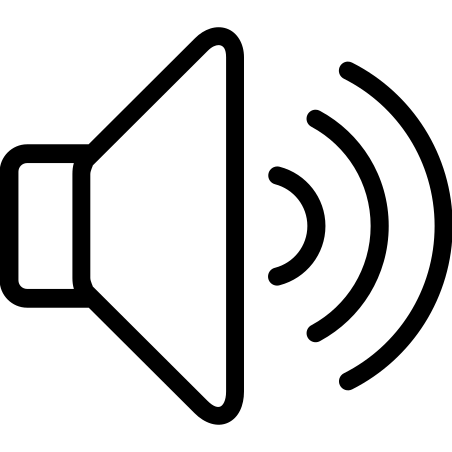
Alma Holm is an architect from South Africa and during part of her study in the Netherlands she came in contact with LDD and The Creative Playground project. For her thesis she decided to explore an architectural sustainable perspective for The Creative Playground. As a part of this research Alma asked me the following question.
“I am in the process of designing a hypothetic design project, in this case a playground, and want to make the ideals and dreams of current users possible. So, my question: in the dream situation, what would you need in order to take LDD to its ultimate goal? What spatial requirements do you need? Can you imagine the absolute
ideal place you would want to be in? (No limits to this dream, as I can incorporate anything in the project, as long as it is what you want, and need, architecturally”
I found it quite interesting to try to answer process was more tricky to answer then I expected and from this conversation with Alma I would like to continuing to ask this question again with the team that is working together at The Creative Playground project and with the team from LDD foundation.
(Click here to listen to the audio)
This is a true story that shows the deep damage of a capitalistic expansion projects proposals. Through this film we can see the impacts of a corporations attempts to build a tunnel. It turns out to not be as glossy as they proposed it would be. Instead you see the repercussions and negative impact on the environment and the lives of those that were living peacefully in the place before they came in.
Giraffe, Film by Anna Sofie Hartmann.
The Film - Stealing Beauty
“Stealing Beauty is deliciously entertaining yet grapples with serious issues of economics and morality” - Guy Ben-Ner
We need to continually reinvent our lives like an artist. 'Life,' as Guattari has said elsewhere, 'is like a performance, one must construct it, work at it, singularize it' ( 1 989c:20). It is an ongoing aesthetico-existential process. 'As we ...weave and unweave our bodies . . . from day to day, their molecules shuttled to and fro, so does the artist weave and unweave his image' Qoyce, 1 986: 1 59). In The Three Ecolo9ies it is artists who provide us with the most profound insights into the human condition, not professional scientists or psycho-analysts. Goethe, Proust, Joyce, Artaud and Beckett are all cited, but there are many others. Buchner, for example, whose Lenz is a classic study in schizophrenia long before the term was invented and has been described as 'proof that poetic utterances can anticipate scientific advances by decades', 13 or Sacher-Masoch, whose Venus in Furs diagnosed an entire condition to which he reluctantly gave his name. 14
The best artists don't repeat themselves, they start over and over again from scratch, uncertain with each new attempt precisely where their next experiment will take them, but then suddenly, spontaneously and unaccountably, as the painter Francis Bacon has observed, 'there comes something which your instinct seizes on as being for a moment the thing which you could begin to develop'. 15 Life is a work in progress, with
no goal in sight, only the tireless endeavour to explore new possibilities, to respond to the chance event - the singular point - that takes us off in a new direction. As Bacon once remarked, 'I always think of myself not so much as a painter but as a medium for accident and chance.' Pg.12 - 13
(Felix Guattari - The Three Ecologies)
Change, shifting, moving and flowing.
"There is of course a tension at work here between solidarity and dissensus. It requires that a plurality of disparate groups come together in a kind of unified disunity, a pragmatic solidarity without solidity; what one might call, for want of a better word, 'fluidarity'." Pg.12 - 13
(Felix Guattari - The Three Ecologies)
"Of course, it would be absurd to want to return to the past in order to reconstruct former ways of living. After the data-processing and robotics revolutions, the rapid development of genetic engineering and the globalization of markets, neither human labour nor the natural habitat will ever be what they once were, even just a few decades ago. As Paul Virilio has suggested, the increased speed of transportation and communications and the interdependence of urban centres are equally irreversible. While on the one hand we must make do with this situation, on the other we must acknowledge that it requires a reconstruction of the objectives and the methods of the whole of the social movement under today's" conditions. Pg.42
(Felix Guattari - The Three Ecologies)
"If our stories are building the world what kind of stories are, we building?" - Saga Center by Artist Jasper Griepink
Chick here for the references.
Holy Cow and the Pomegranate
With a circle I mean a “sharing circle”. This is a confidential practice of gathering once a week or once a month with a given amount of people. It is meant to be sharing group where we share our experiences, struggles, questions, problems, insecurities but also of course successes and newly found information. It is meant for sharing experience in the sense that if you had a problematic connection with an institution or entity this shall be known by others as means of precaution and preparation. It is also meant as a support group and a space for sharing not only practical but also emotional resources. - (Talking Circle by Muge Yilmaz, from the book we owe each other everything by Cassco Art Institute)
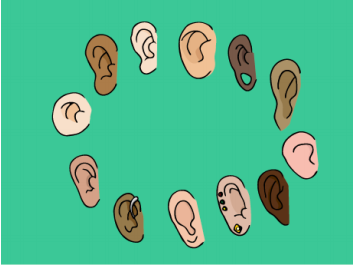
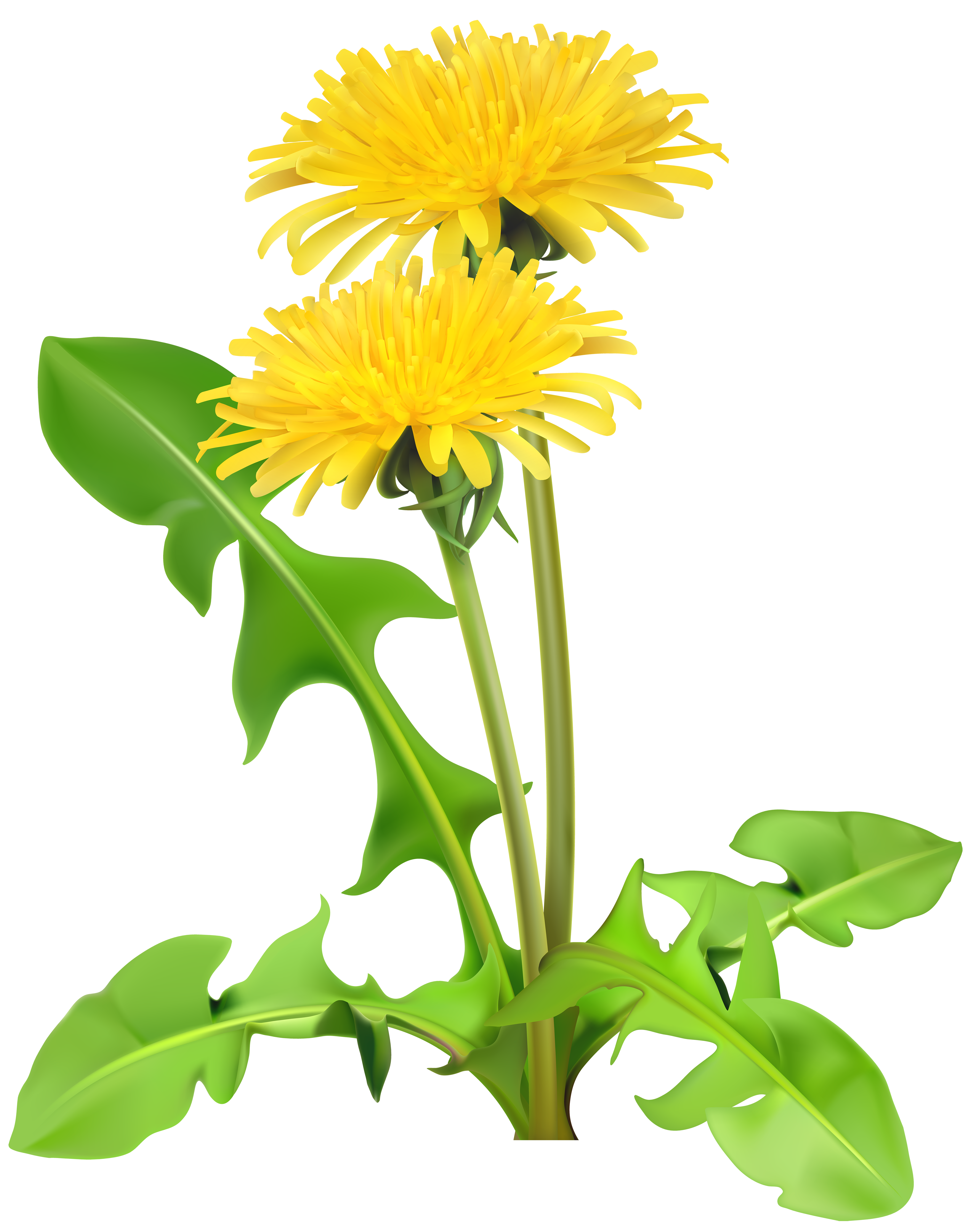
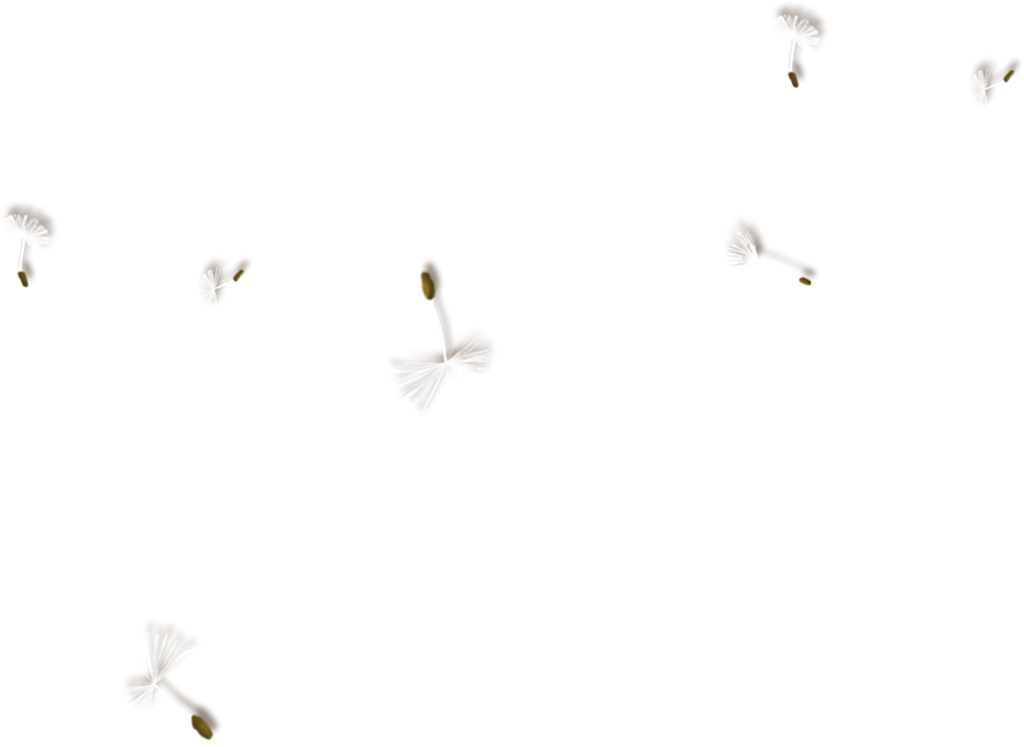
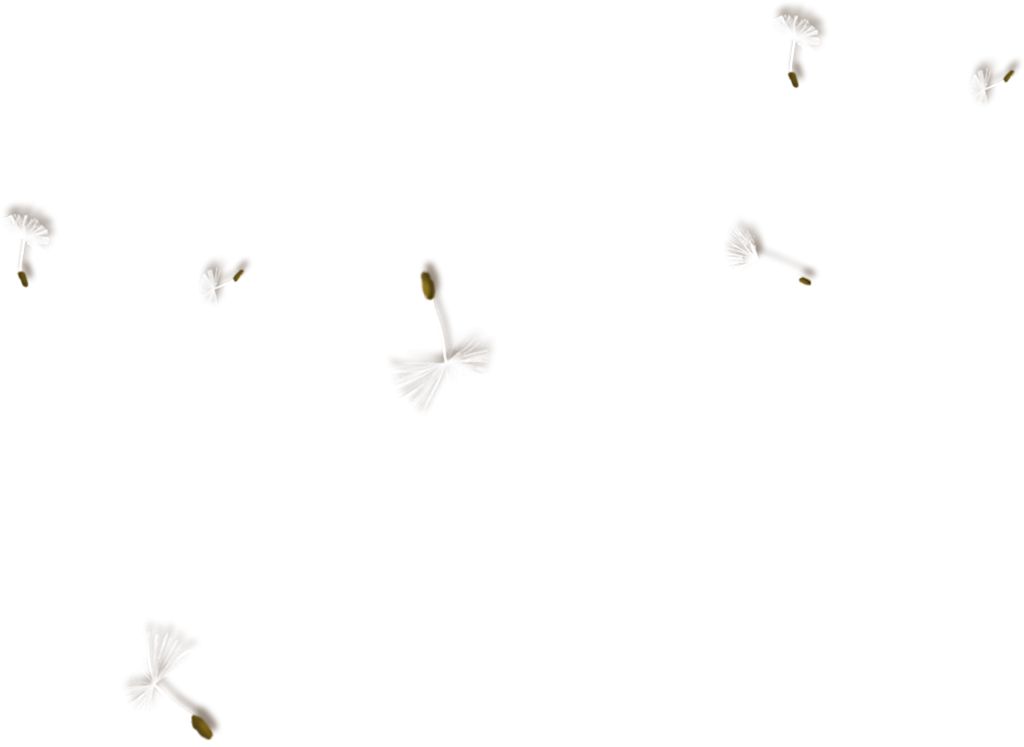
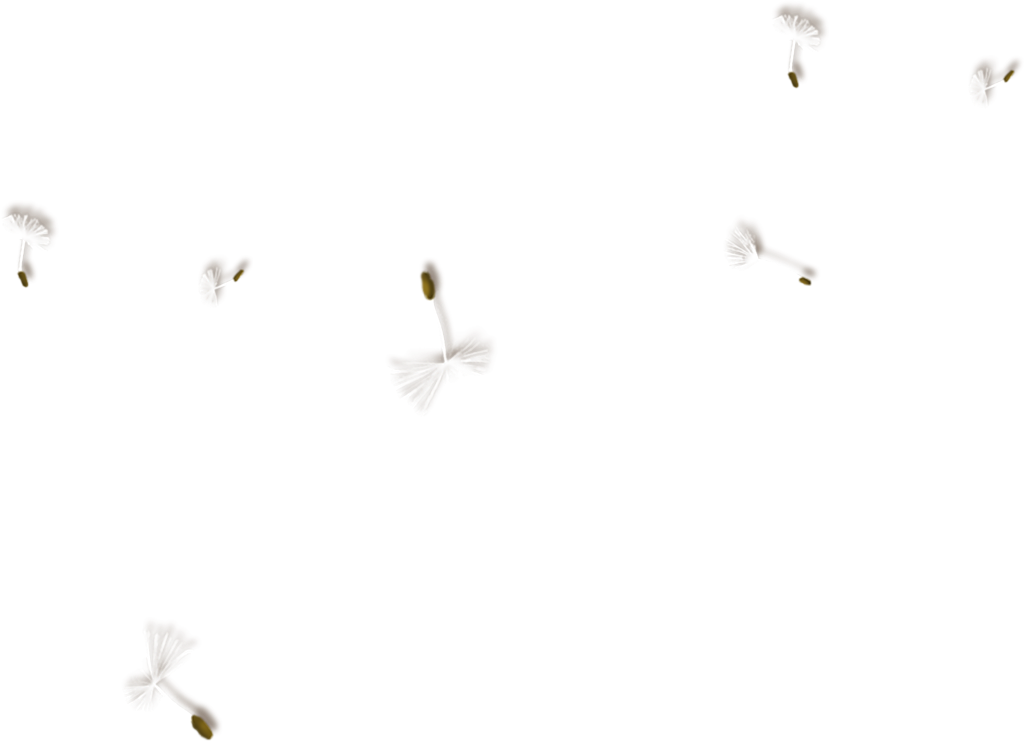
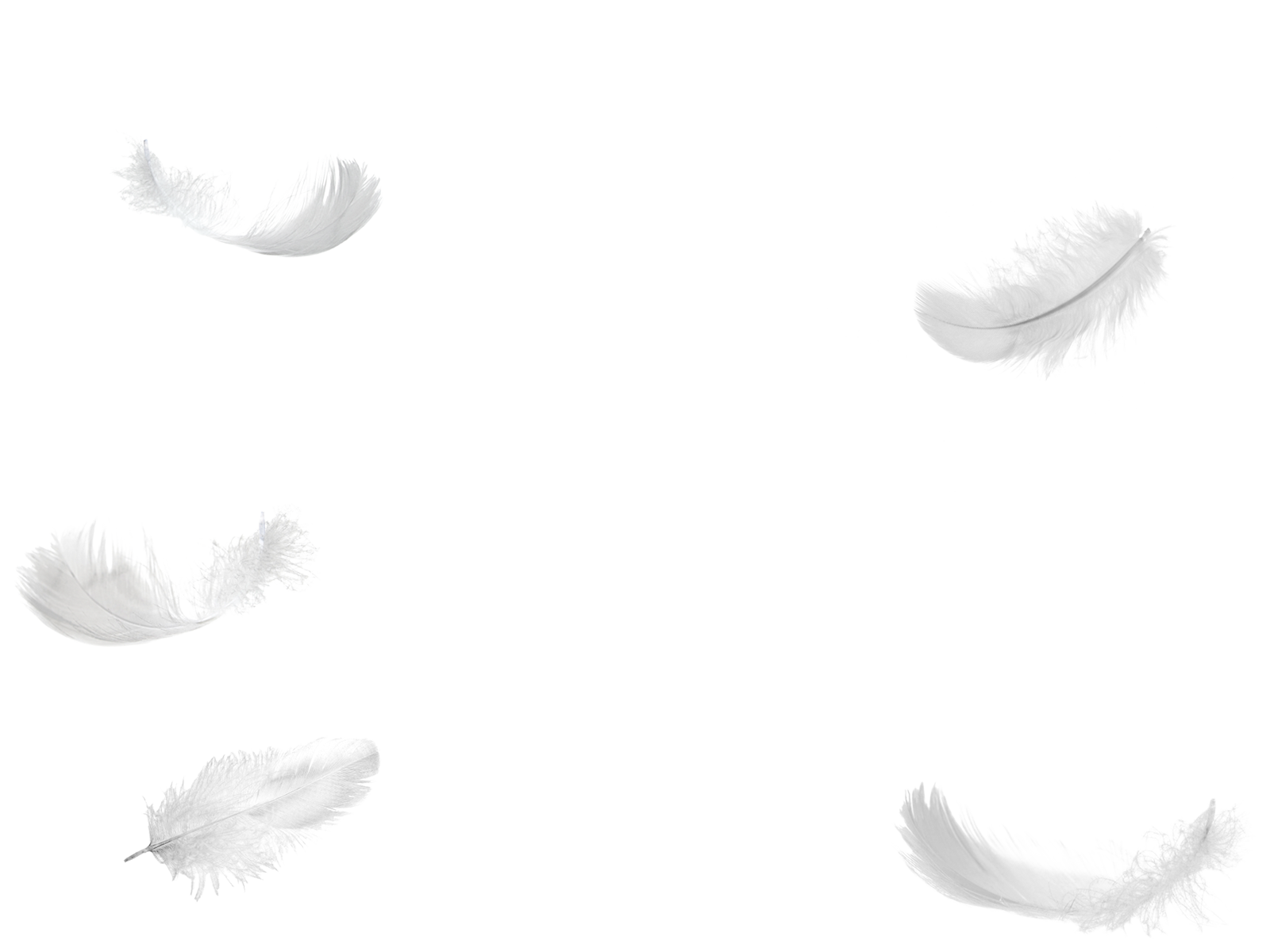
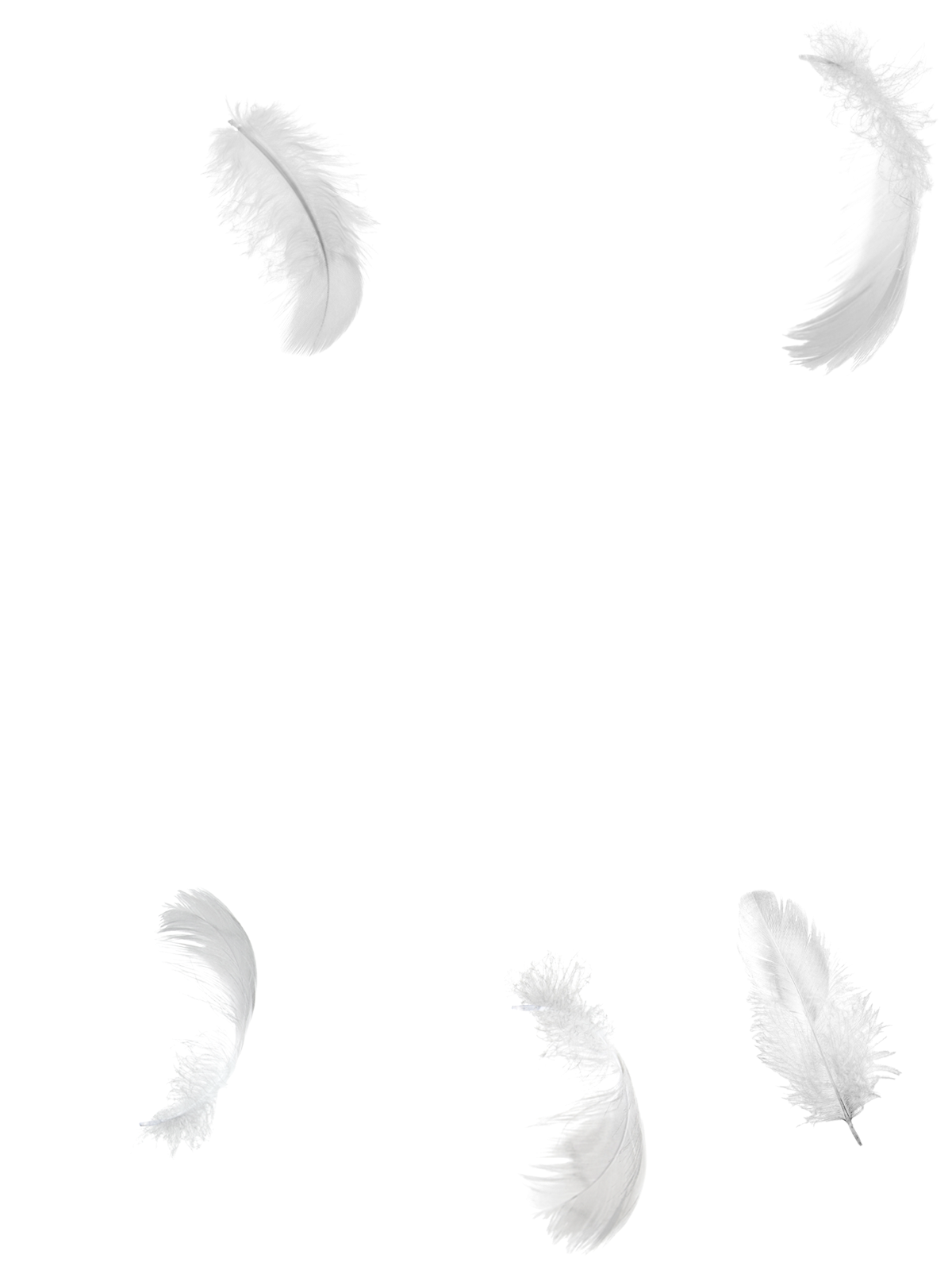
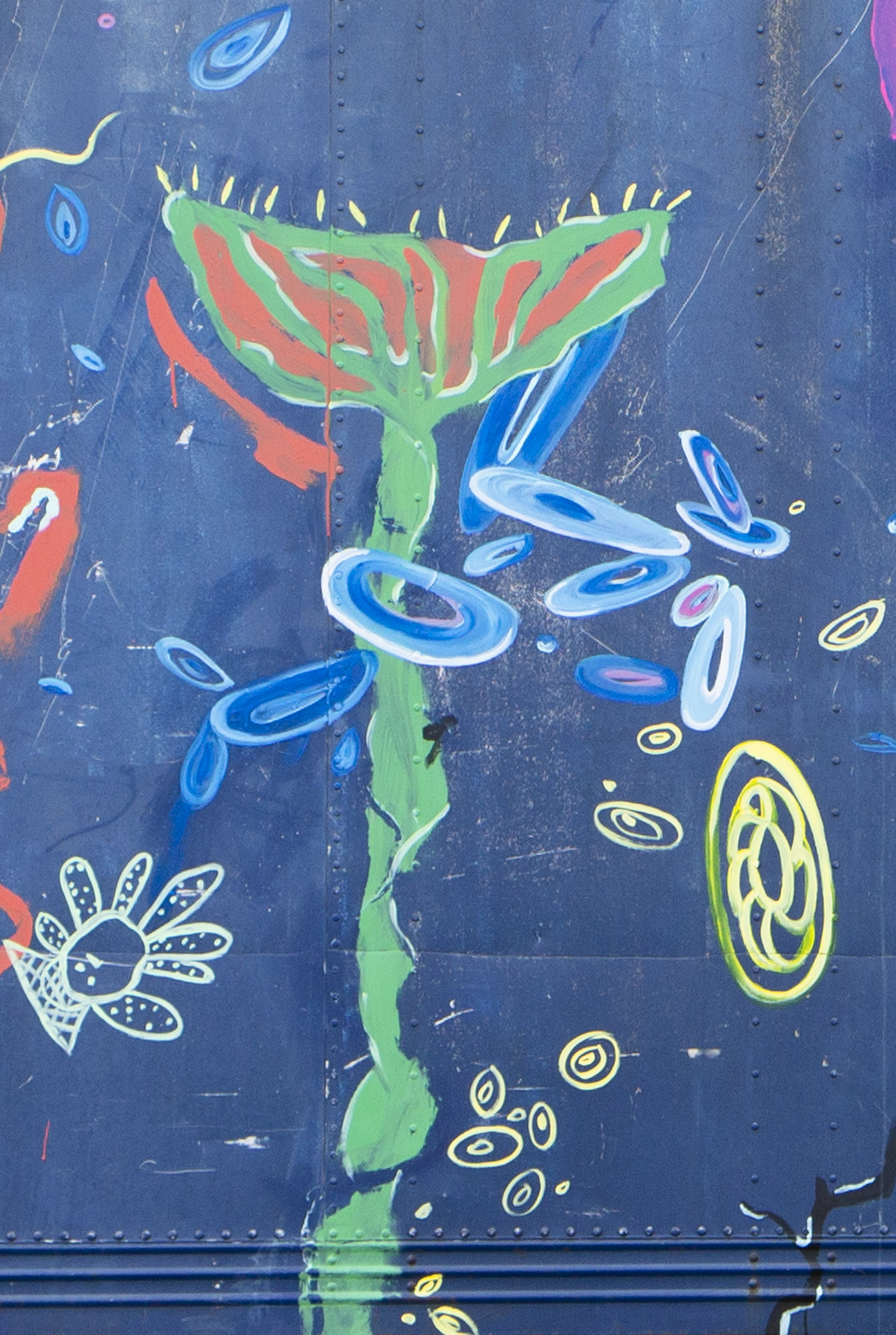
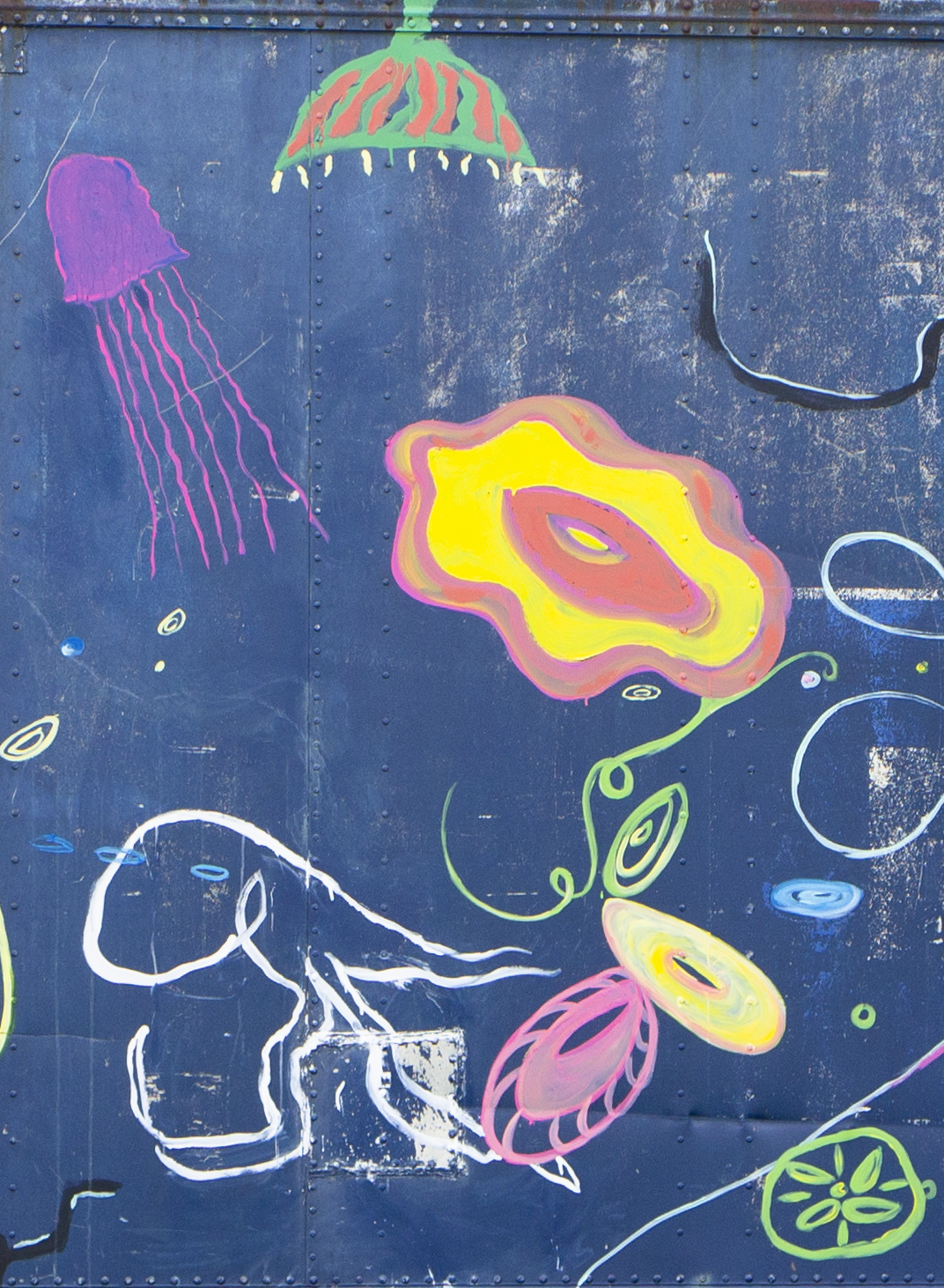
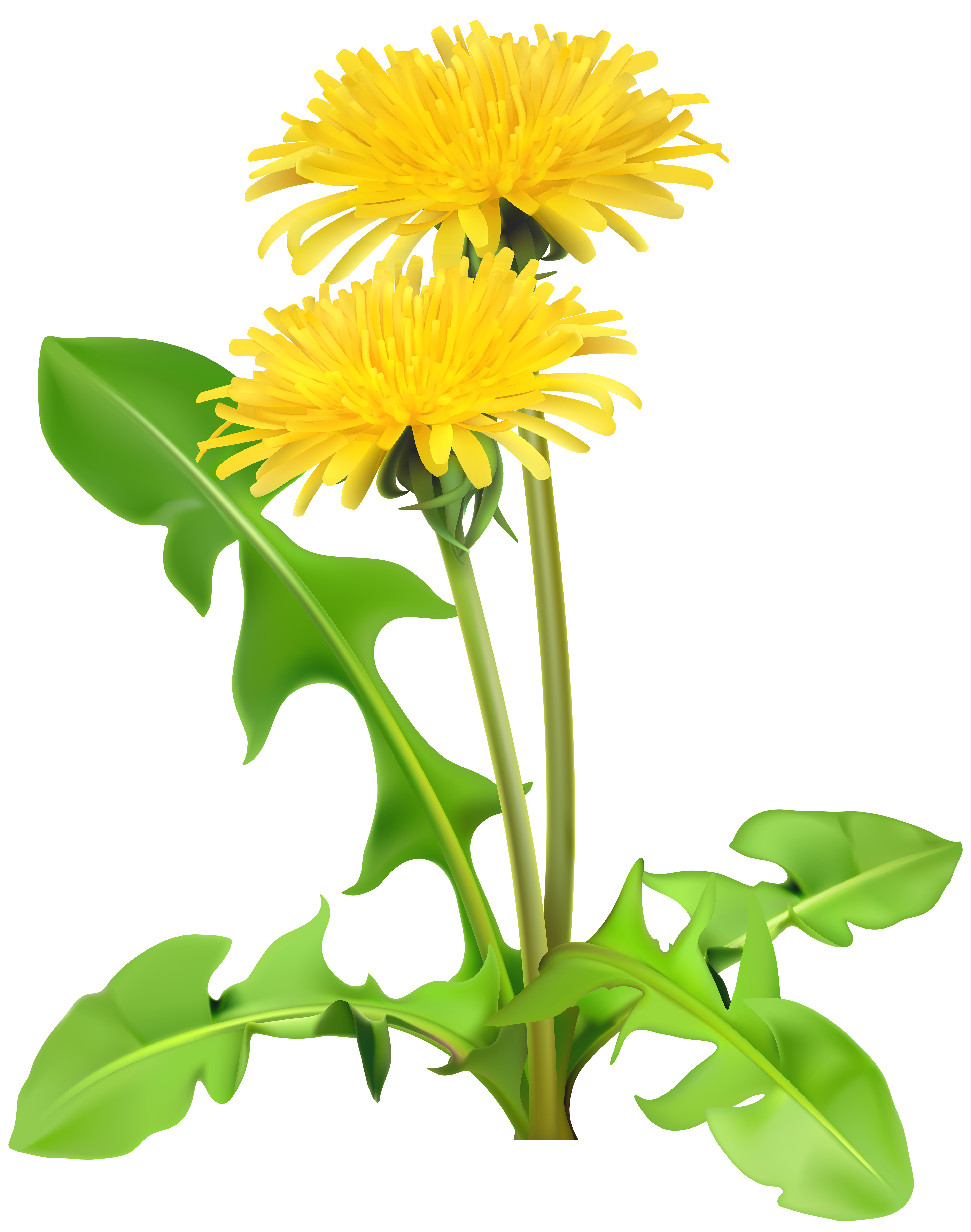
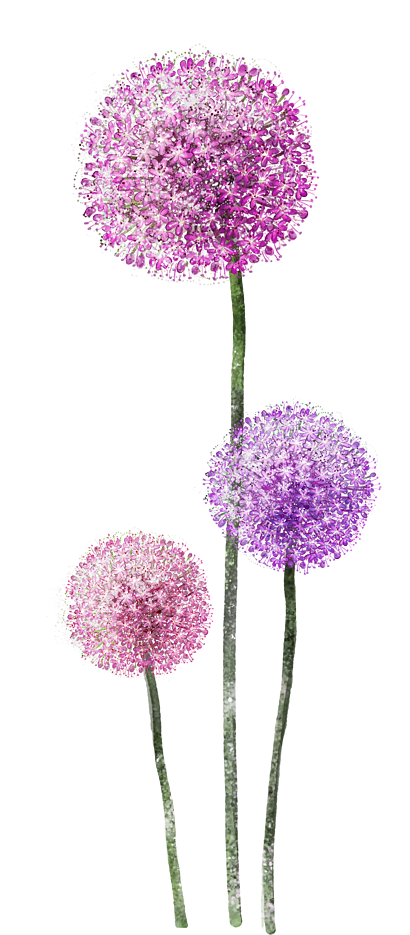
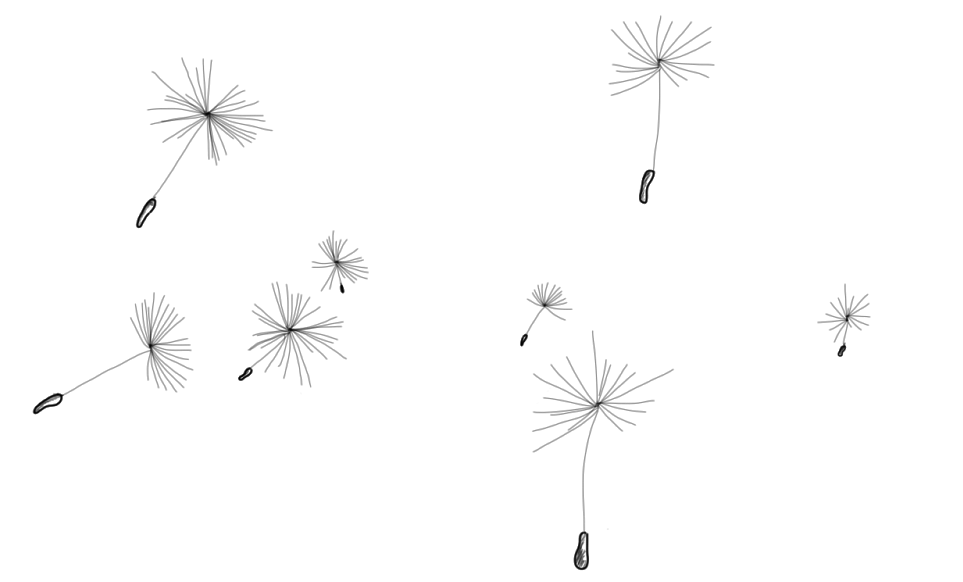
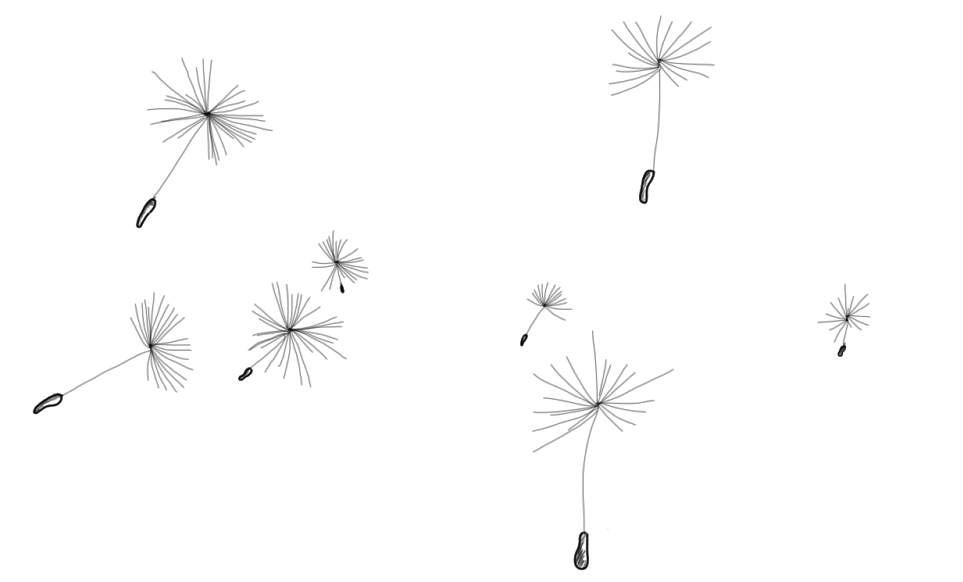
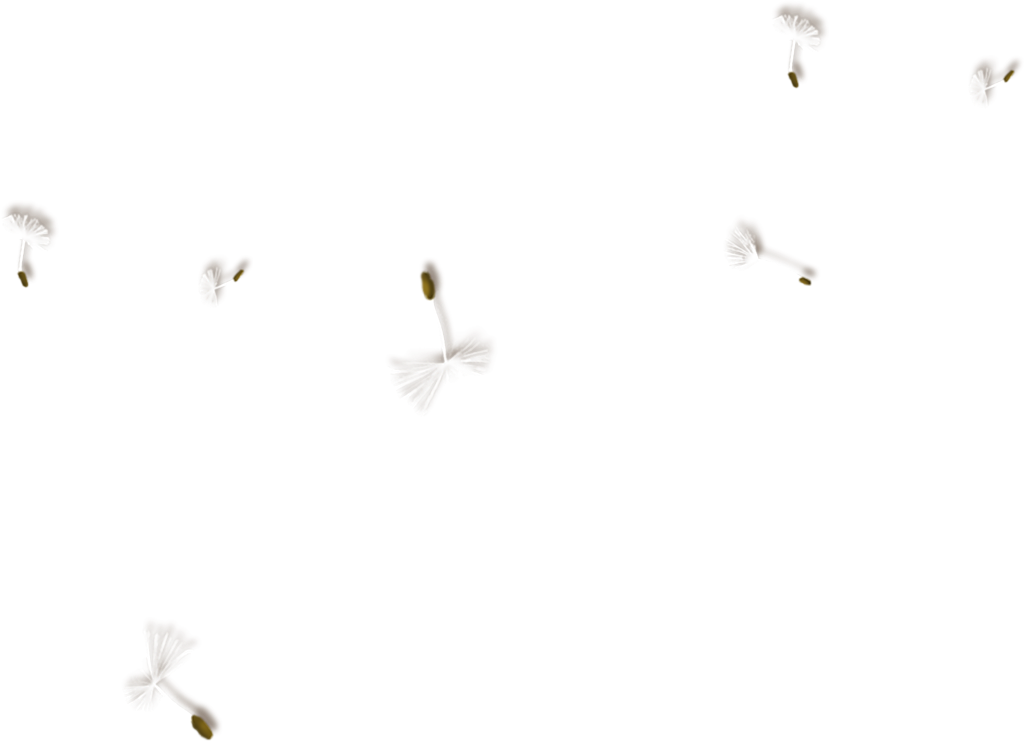
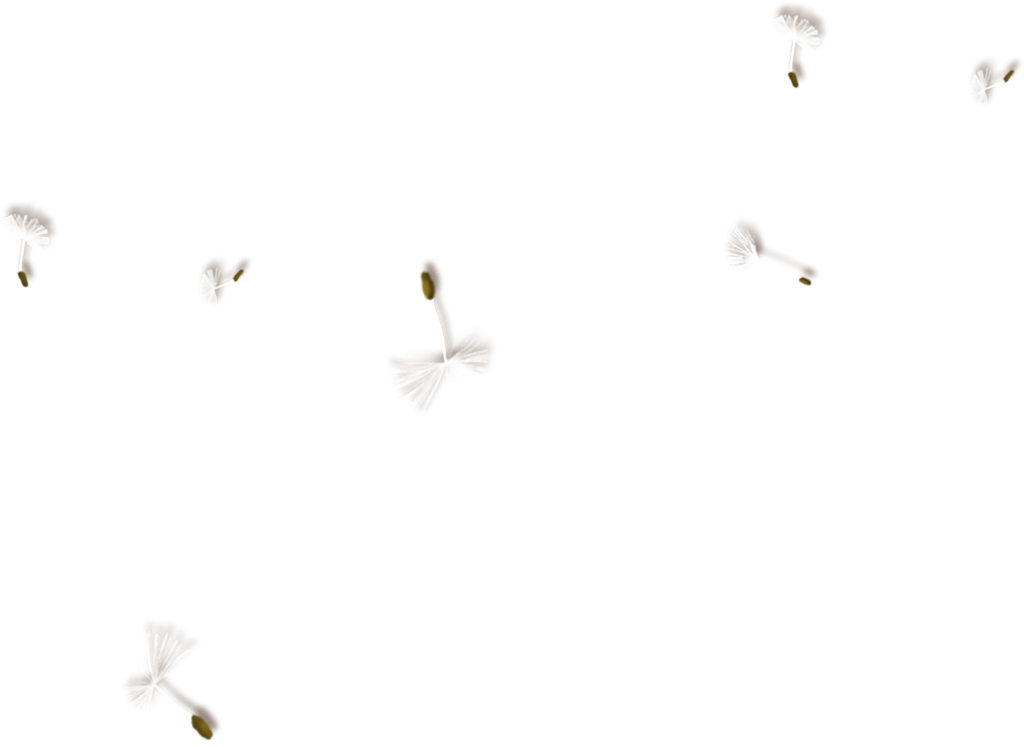
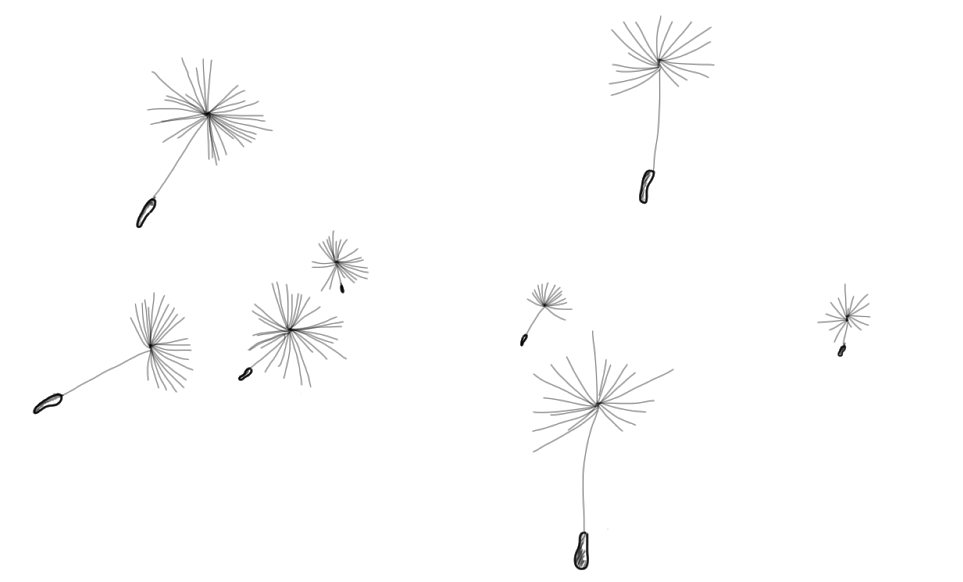
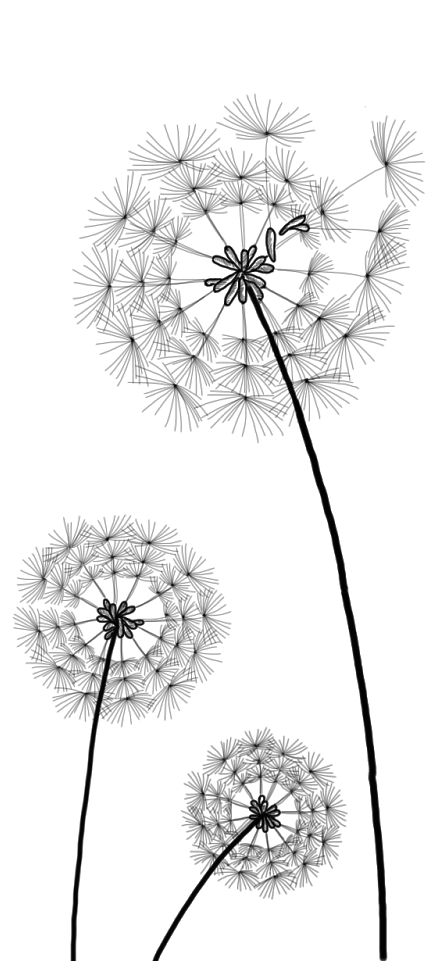
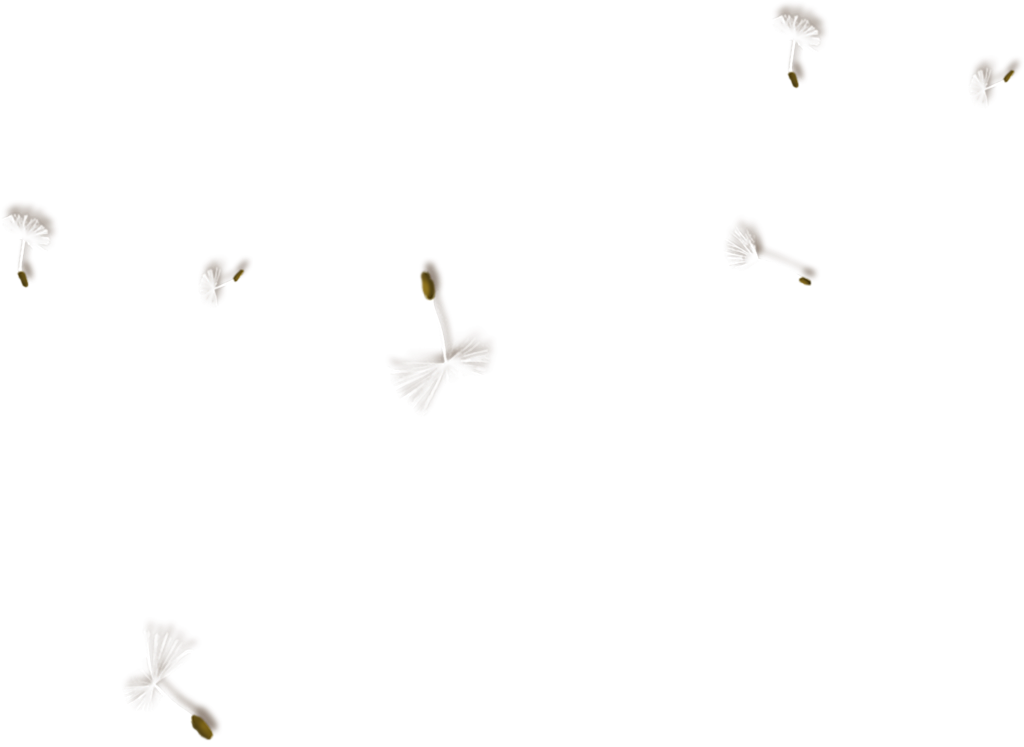
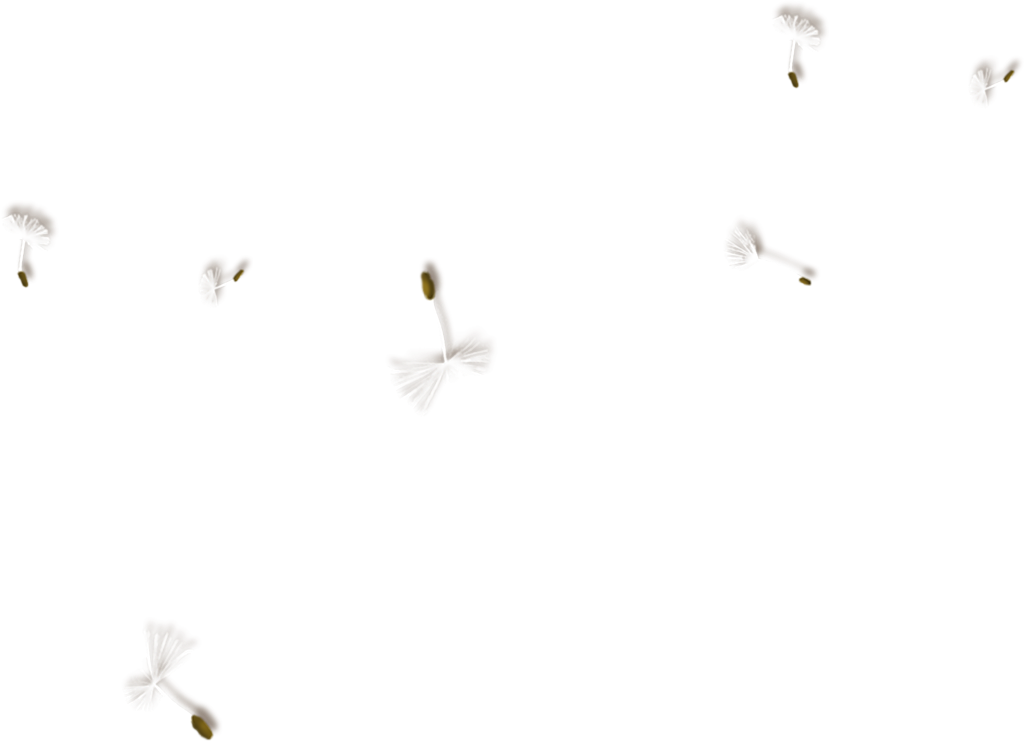
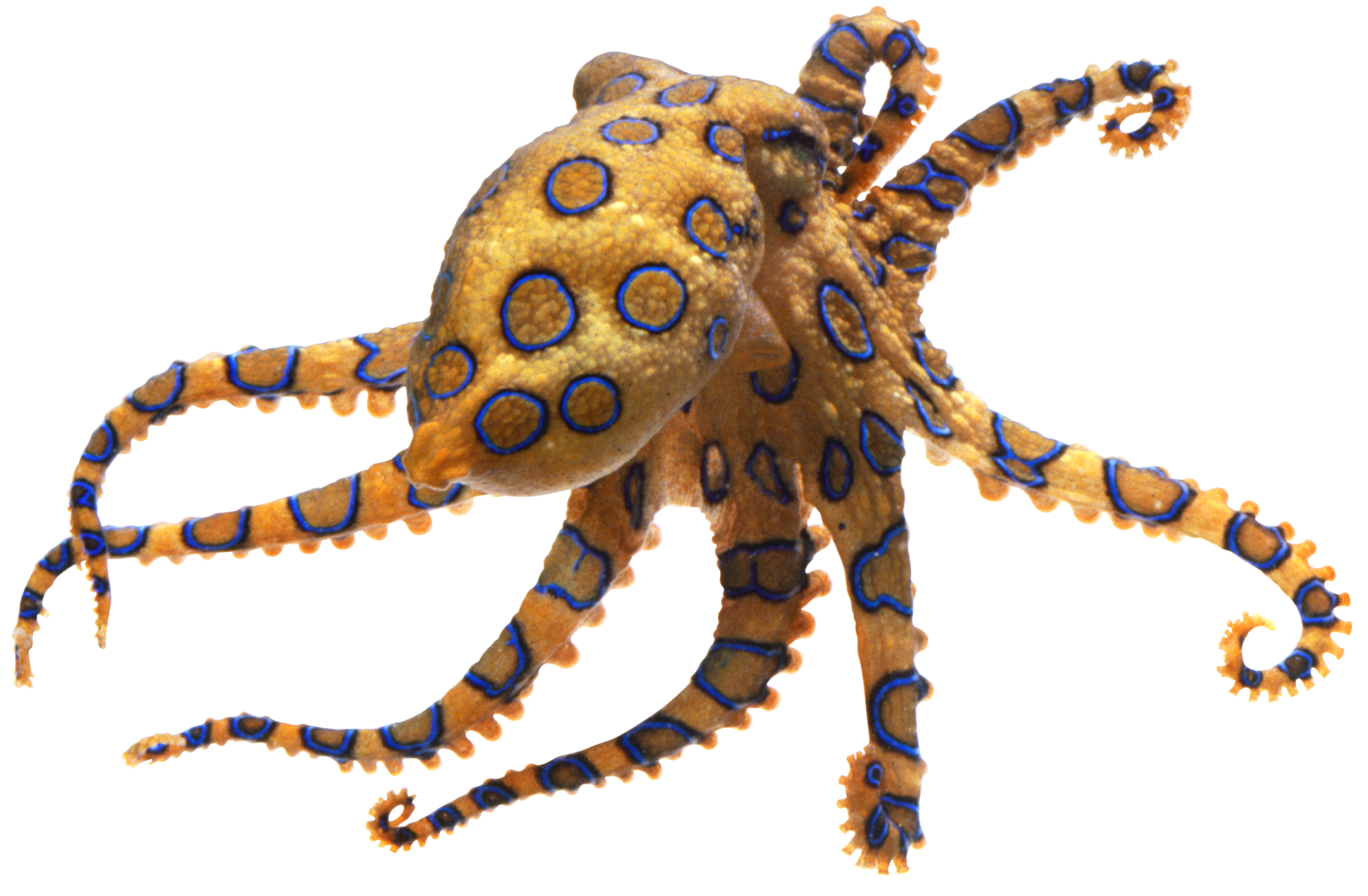
“Most people don’t really see plants or understand plants or what they give us. So my act of reciprocity is, having been shown plants as gifts, as intelligences other than our own, as these amazing, creative beings – good lord, they can photosynthesise, that still blows my mind! – I want to help them become visible to people. People can’t understand the world as a gift unless someone shows them how it’s a gift.”
Aren’t we all divergent? Don’t we all absorb in multiple ways? Then we should know how and what we are absorbing. If the same stories are told again and again, in different forms, then that’s what we were going to become and make excuses for being the way the stories have turned us into.
The Young Innovators students Utrecht University 2021, Nature Impact - Meditation